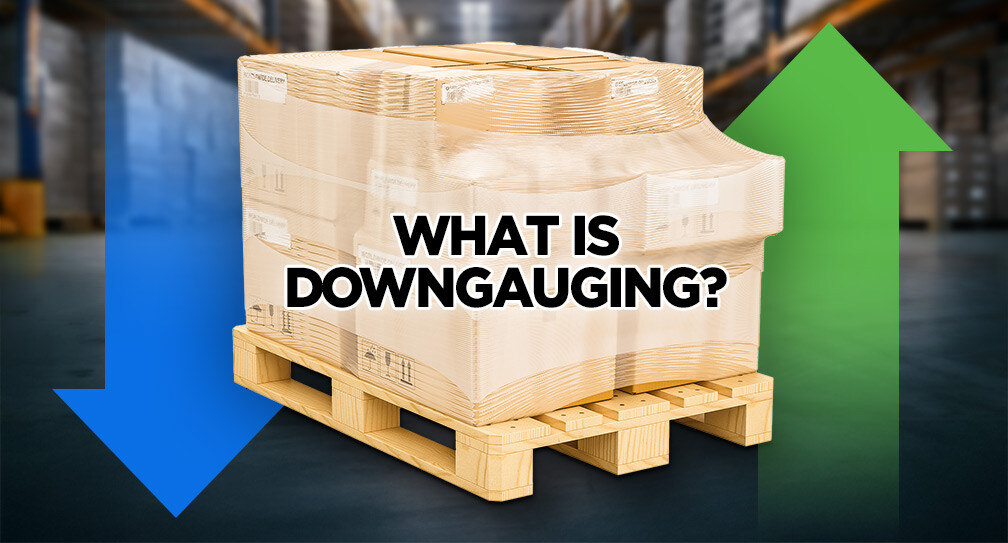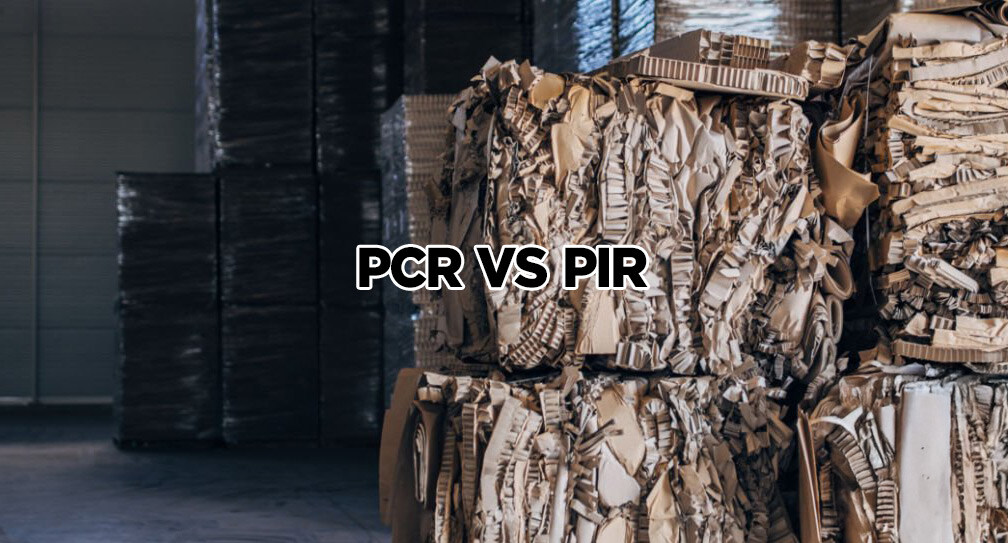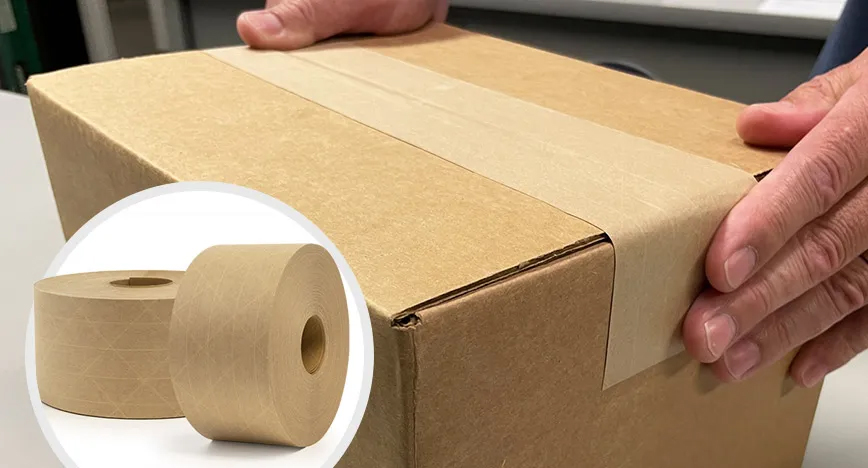In today’s world, sustainability is no longer a buzzword; it is a necessity. As businesses and consumers alike seek ways to reduce their environmental impact, one practice has emerged as both environmentally friendly and cost-effective: downgauging. But what is downgauging, and why is it a critical consideration for modern packaging solutions? Let’s explore.
What is Downgauging?
Downgauging refers to the process of reducing the thickness of packaging materials while maintaining or even improving their performance characteristics. This technique is particularly popular in industries that rely heavily on flexible packaging, such as food, beverage, and industrial products. By engineering materials to be thinner but stronger, downgauging provides an innovative way to optimize packaging solutions.
The Benefits of Downgauging
- Cost Savings:
One of the primary drivers for adopting downgauging is its potential for significant cost reductions. Thinner materials use less raw material, which lowers manufacturing costs. Additionally, reduced weight leads to lower transportation costs, further boosting savings.
 Environmental Sustainability:
Environmental Sustainability:
Downgauging contributes to sustainability in multiple ways:
- Reduced Material Use: Less material per package means fewer resources are extracted, processed, and disposed of.
- Lower Carbon Emissions: Lighter packaging reduces energy consumption during transportation, which decreases carbon footprints.
- Waste Minimization: Less material waste is generated during manufacturing and end-of-life disposal.
- Improved Performance:
Thanks to advances in material science, downgauged packaging often provides equal or superior performance compared to thicker alternatives. Enhanced barrier properties, better puncture resistance, and improved flexibility are just a few examples of how thinner materials deliver more with less.
A prime example of a high-performance downgauged product is the IPG G7 stretch film. Designed for superior load containment, the G7 film is engineered to use less material while maintaining high strength, stretchability, and puncture resistance. This makes it an excellent choice for businesses looking to reduce costs and environmental impact without compromising packaging integrity.
- Enhanced Customer Perception:
Consumers are increasingly eco-conscious and appreciate brands that demonstrate a commitment to sustainability. Using downgauged packaging can enhance a company’s reputation and foster customer loyalty.
The Downguaging Process
Implementing downgauging involves several key steps:
- Material Selection Choosing the right material is critical. High-performance polymers, advanced laminates, and co-extruded films are often used to ensure that the thinner material can withstand the rigors of storage, transportation, and use.
- Testing and Optimization Extensive testing ensures that the downgauged material meets all required specifications, such as tensile strength, barrier properties, and puncture resistance. Adjustments may be made to improve performance while minimizing thickness.
- Production Adjustments Equipment and processes may need modifications to accommodate the thinner material. For example, machinery may require recalibration to ensure proper sealing and cutting.
- Quality Assurance Ongoing monitoring and quality checks are essential to ensure that the downgauged packaging consistently meets or exceeds standards.
By conducting a thorough assessment, you’ll pinpoint exactly where and how you can integrate PCR materials for maximum impact.
 Real-World Application of Downguaging
Real-World Application of Downguaging
Many industries have embraced downgauging with great success:
- Food and Beverage: Lightweight flexible pouches and shrink films are common examples.
- E-Commerce: Thinner mailers and stretch wraps reduce shipping weights.
- Industrial Products: Engineered films for bulk goods provide robust protection with reduced material use.
Collaborating closely with your suppliers can help you identify new opportunities for sustainability, such as co-developing custom PCR blends for your specific products
Challenges to Consider
While downgauging offers numerous benefits, it also presents challenges:
- Material Limitations: Not all materials can be effectively downgauged without compromising performance.
- Initial Investment: Upgrading machinery or conducting extensive R&D may require upfront costs.
- Market Acceptance: Some consumers may perceive thinner packaging as less durable, requiring education to address misconceptions.
The Future of Downguaging
As technology continues to advance, the potential for downgauging will expand. Innovations in nanotechnology, bioplastics, and recycling systems promise to make thinner, stronger, and more sustainable packaging materials accessible to a wider range of industries. By adopting downgauging strategies, businesses can stay ahead of market trends, meet regulatory demands, and demonstrate leadership in sustainability.
Conclusion
Downgauging is more than just a cost-saving measure; it is a commitment to smarter, more sustainable packaging practices. By reducing material use without sacrificing quality, businesses can achieve operational efficiencies while minimizing their environmental impact. Whether you’re a manufacturer, brand owner, or consumer, downgauging is a step forward in creating a more sustainable future. If you want to learn how you can integrate stretch into your business please reach out today to IPG.




